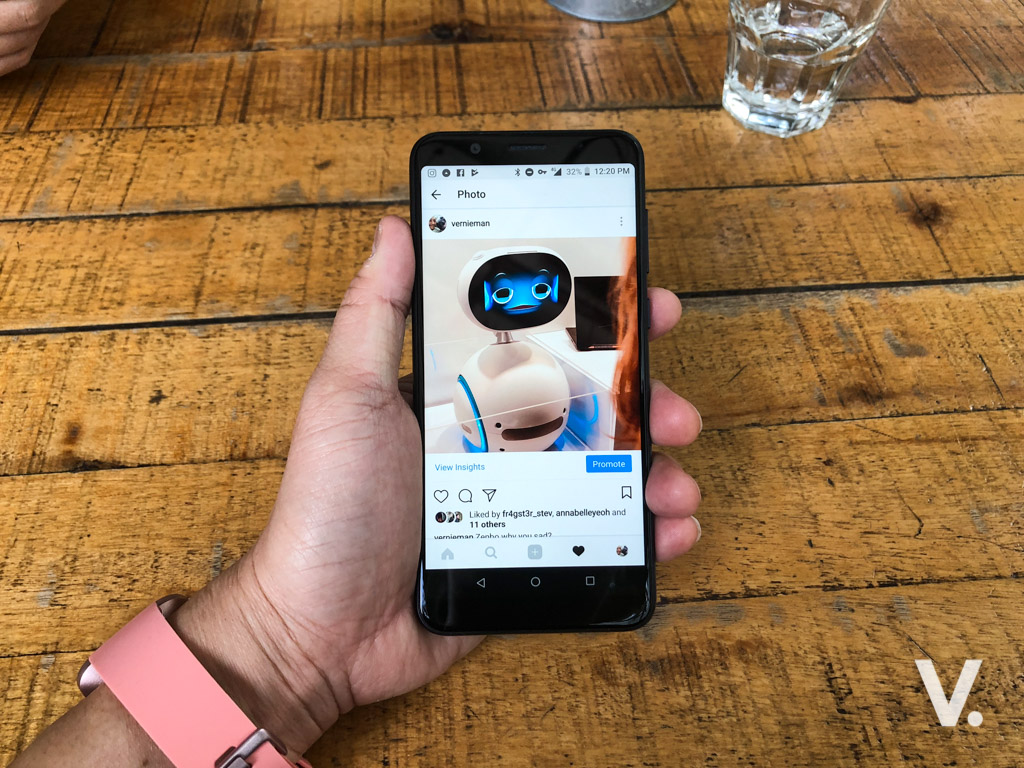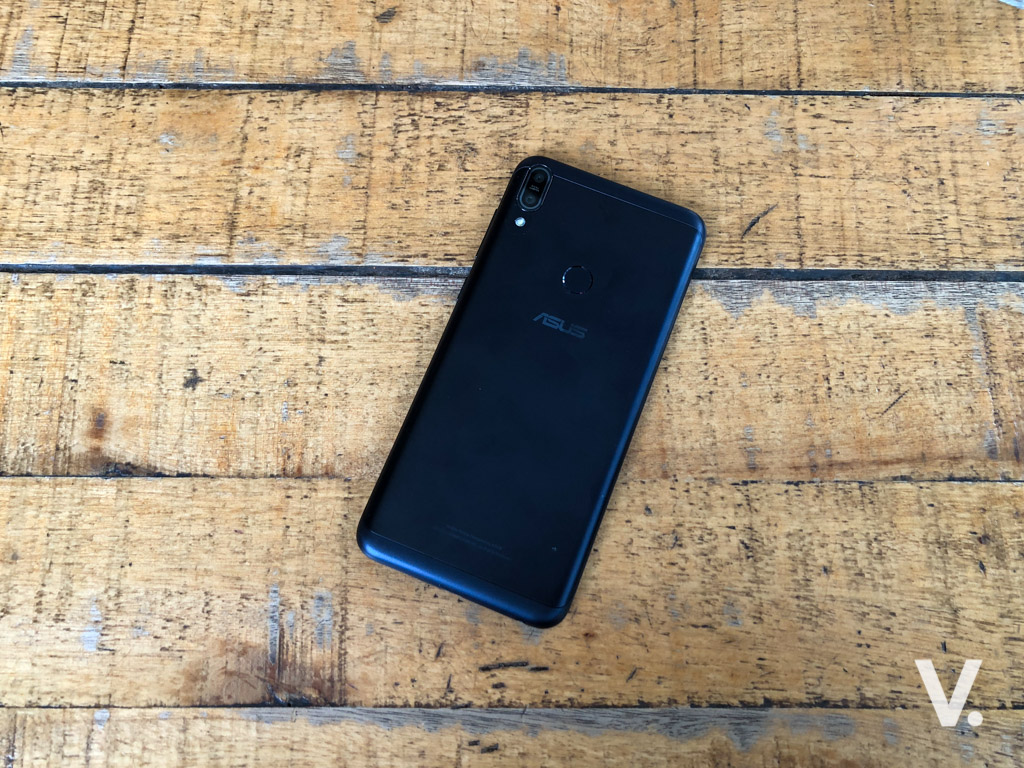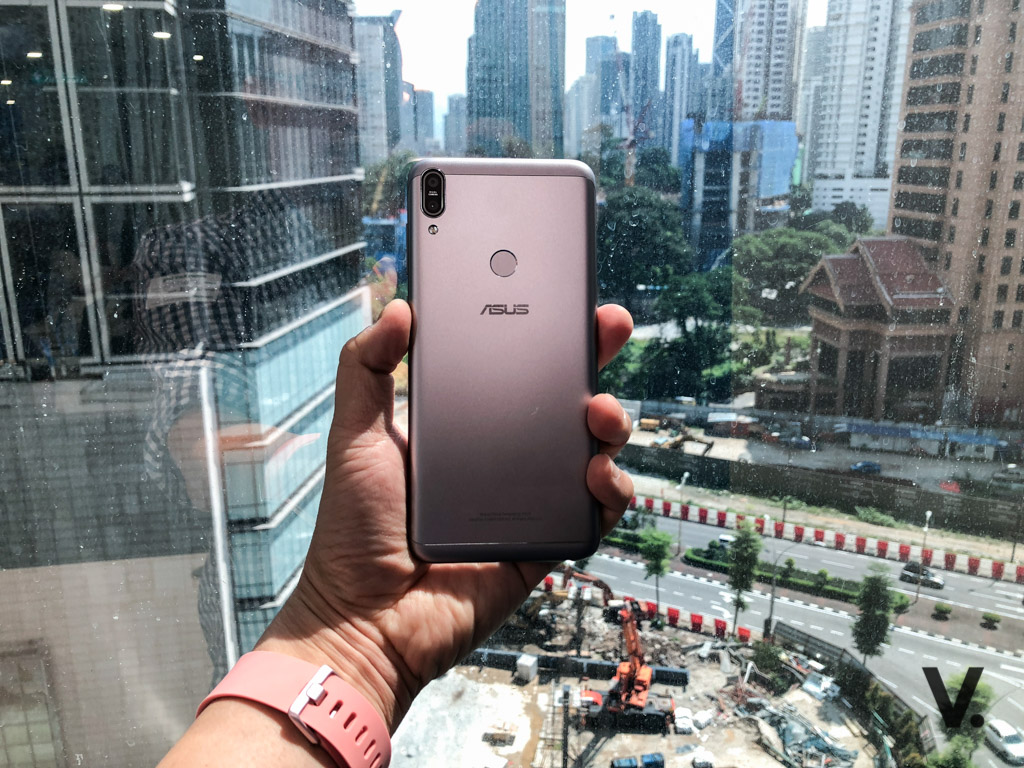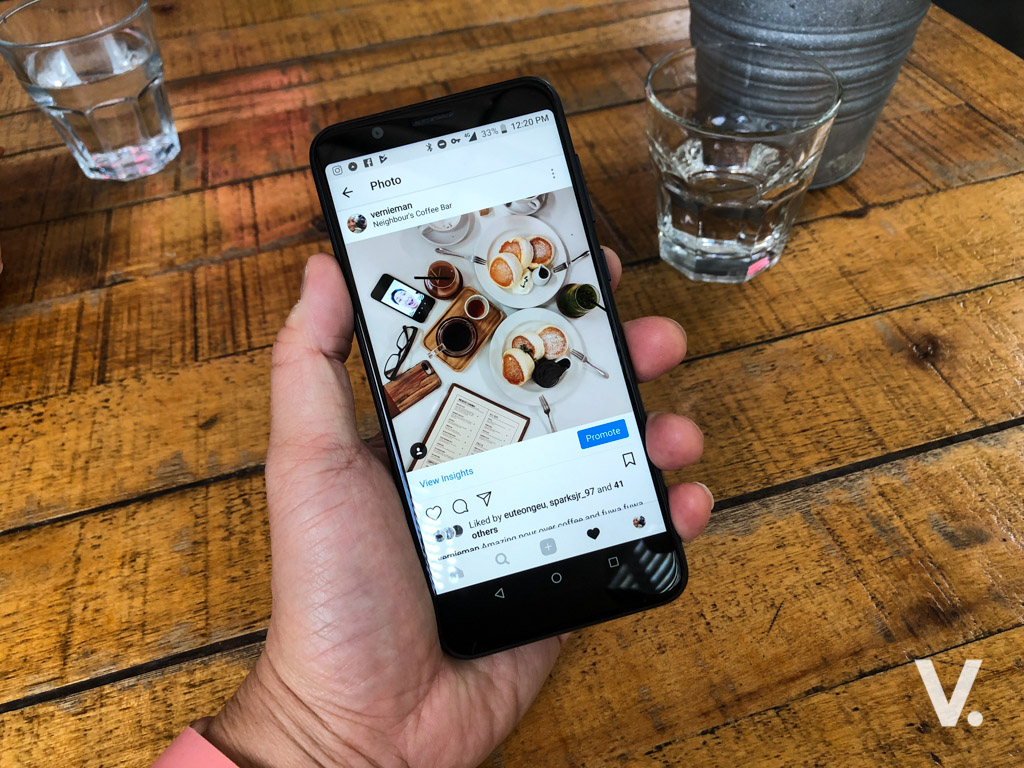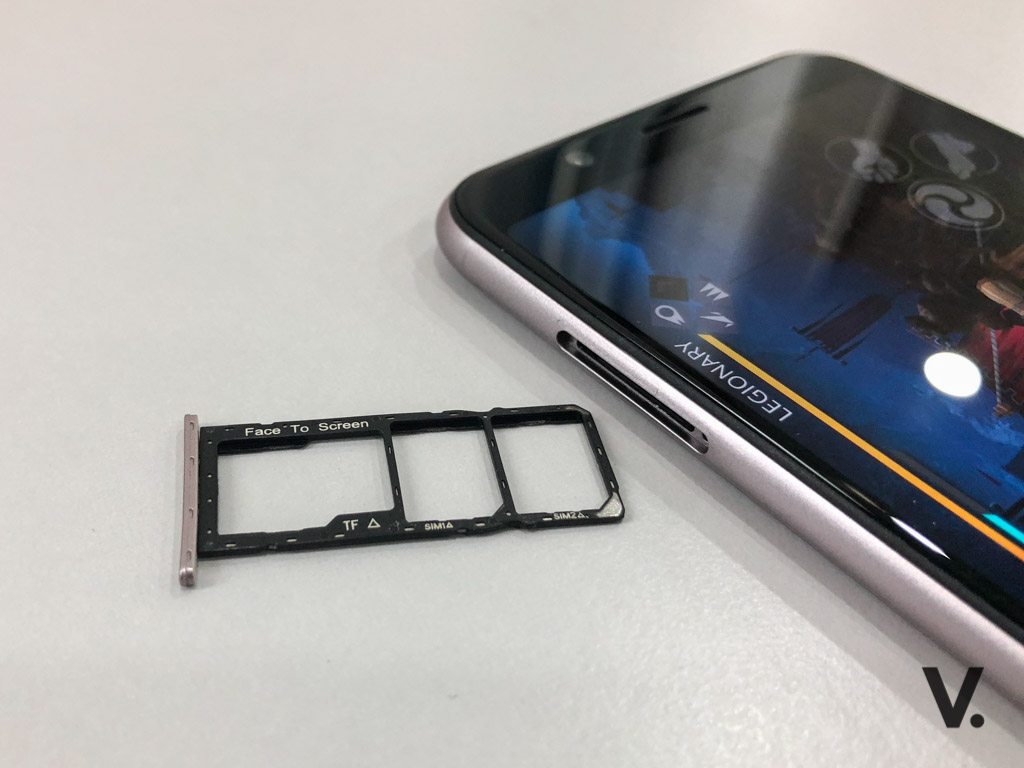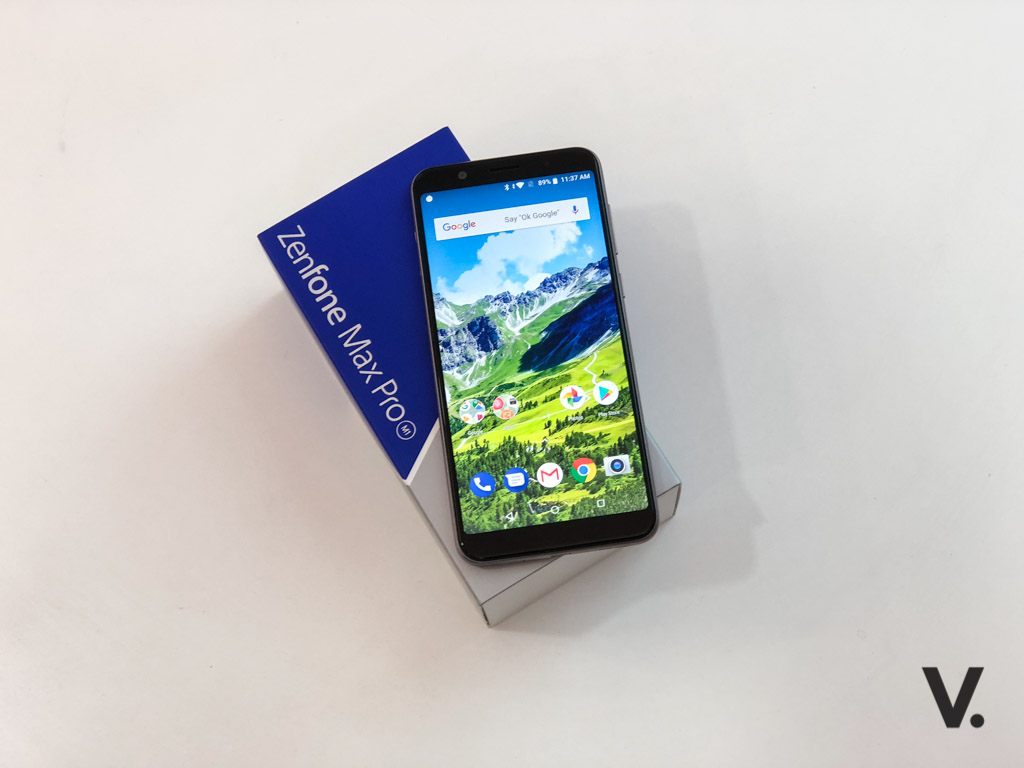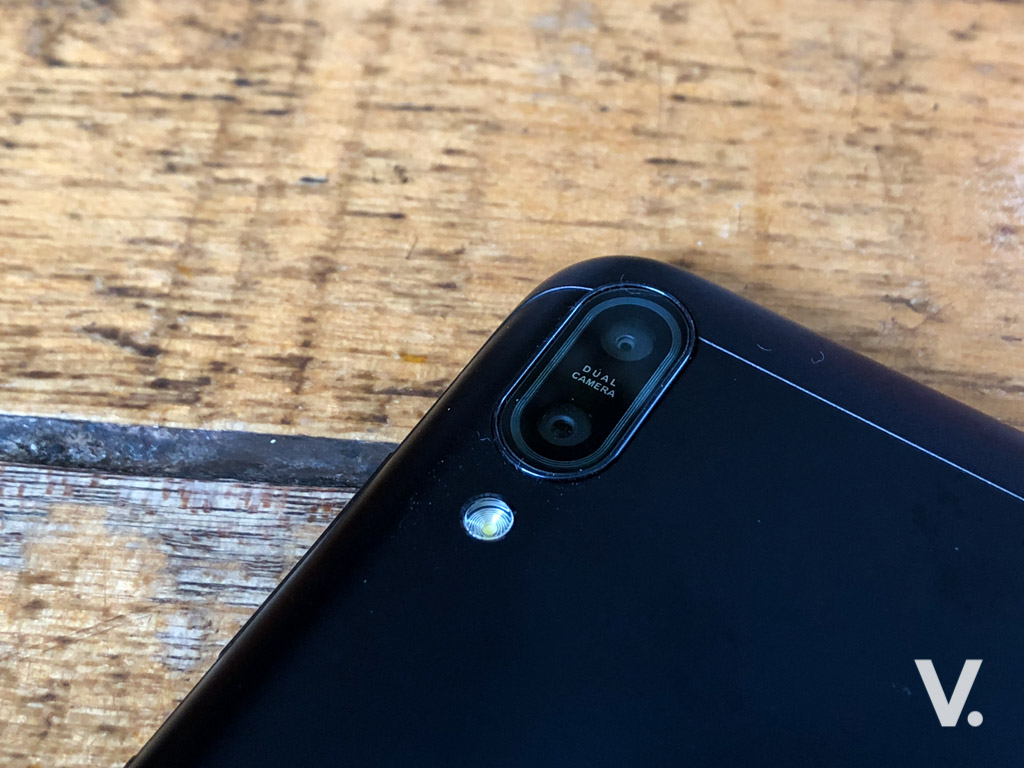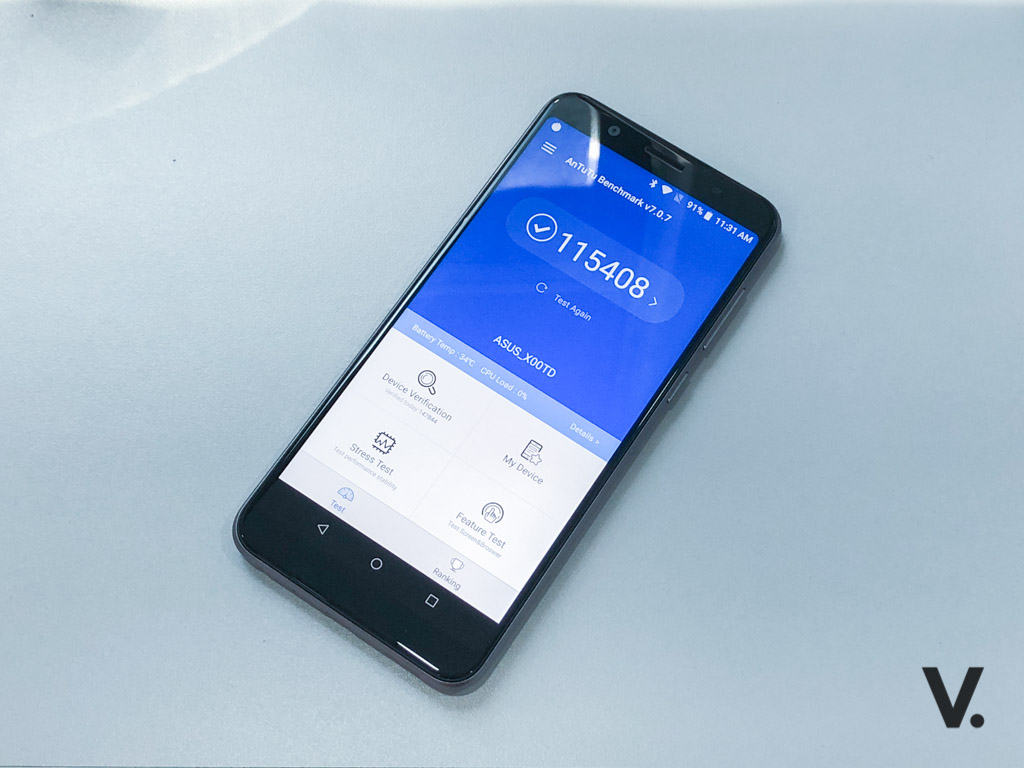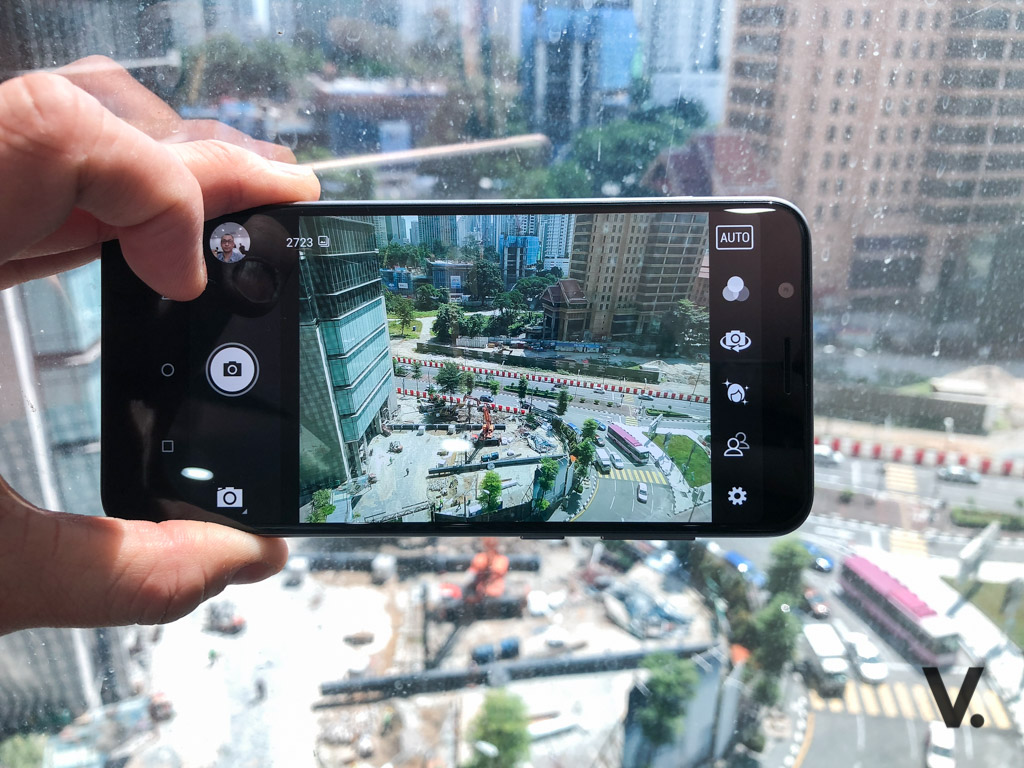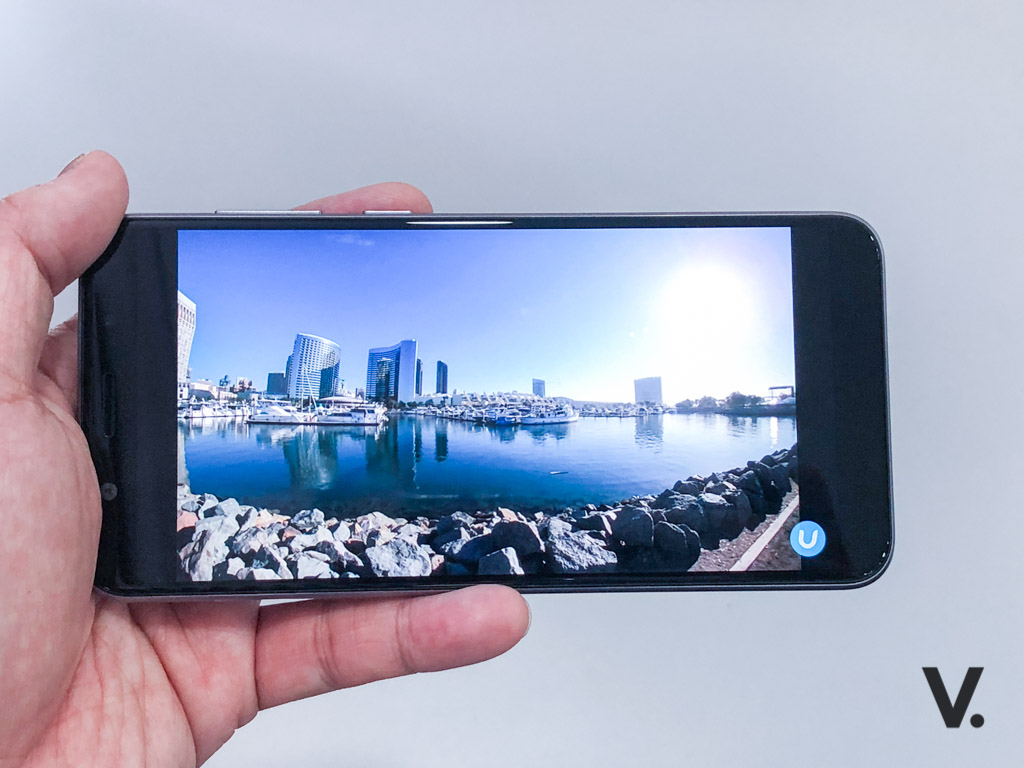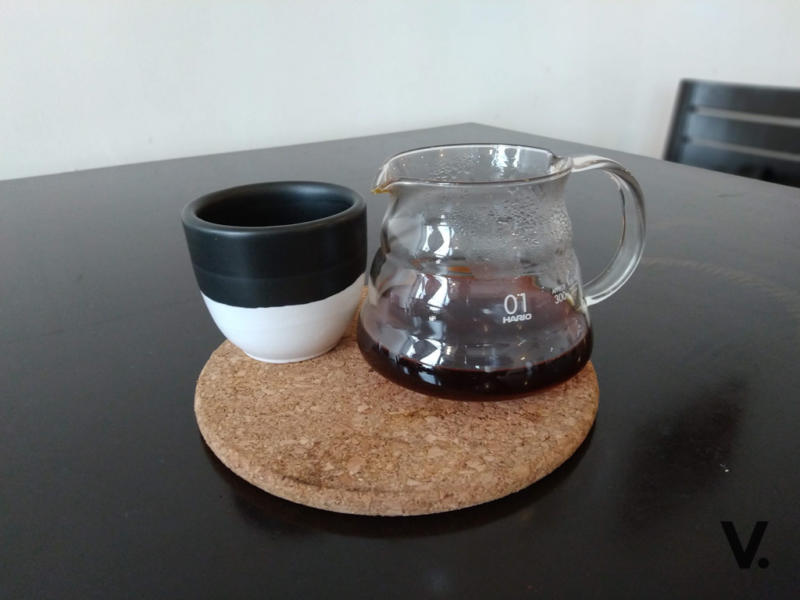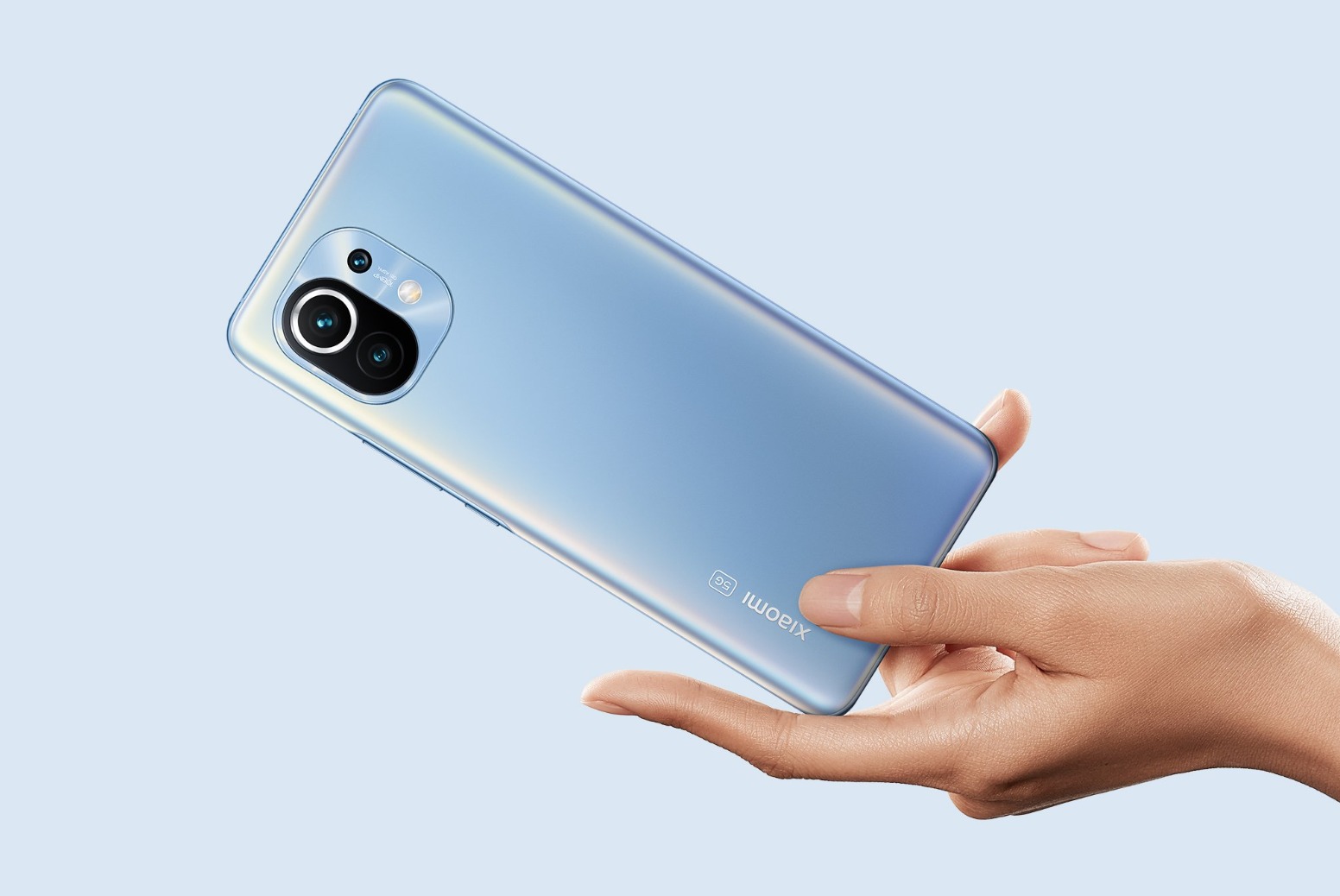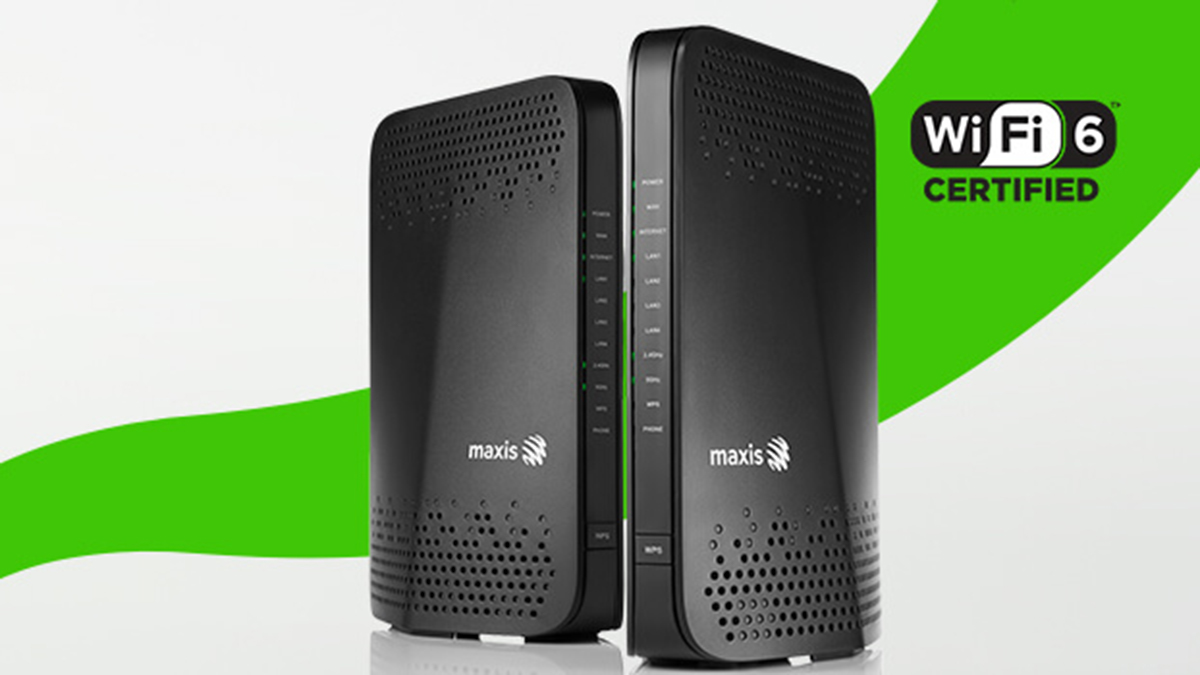When it comes to the budget-friendly smartphone segment, Xiaomi has, without a shadow of a doubt, ruled the roost for the longest time. Recently however, it seems like many of their competitors have jumped on this segment. Inherently, there’s a large number of consumers who either won’t or aren’t able to dish out the dosh for a flagship smartphone priced more than RM2,000.
ASUS has also been hot on the heels of Xiaomi with their expansive Zenfone line and recently, they released the Zenfone Max Pro M1. Dubbed by many as the Xiaomi Redmi Note 5 killer. But can it unseat the reigning king?
Continue reading my review of the Zenfone Max Pro M1 to find out.
Design & Build
I hate to start a review on a sour note but my first impressions of the Zenfone Max Pro M1 left me feeling a little unimpressed. ASUS is a company that is well-known for their stunningly designed notebooks and smartphones but the Max Pro just looks boring and bland.
There’s no concentric-circle pattern or even a glass back, which leaves it looking just like a simple metal slab. This is quite a shame as the Zenfone 5 that was launched alongside is a real attention grabber. It also doesn’t help that the competition is putting a lot more effort into the designs of their mid-range or budget offerings – for example the new devices from the Huawei/honor camp.
The Max Pro comes in two colour options, Meteor Silver or Deepsea Black. The review unit I received was the Deepsea Black variant and it’s actually more of a mixture of a dark blue and black depending on the angle you hold it in. The paint used on the back of the device also makes it very slippery, which is why I advise buying a case or using the one bundled in the box.
On the plus side though, the Max Pro is built like a tank. The aluminium body feels extremely sturdy and has quite a bit of heft to it. There’s no flexing or creaking either, which is always a good thing. The rounded edges make the devices quite comfortable to hold IF you can stop it from sliding around.
The Zenfone Max Pro sports a 5.99-inch Full HD+ display with an 18:9 aspect ratio. However, for some reason, it doesn’t quite feel as slim and tall as other devices with the same setup, on the contrary, it feels a little wider. Combine that with the slippery back, it is quite hard to use this device one-handed.
While the side bezels are slim, much like the Redmi Note 5, it has a fairly large “forehead” and “chin”. The way I see it, ASUS could have either reduced it a little more or actually used it to house dual front-facing speakers as both these spaces are quite empty. The “forehead” houses the 8MP selfie camera, softlight LED flash, receiver and also sensor whereas the bottom is just empty as ASUS have opted for software buttons instead. Just in case you were wondering, there’s no notch-sense here.
The features located around the phone are quite standard fare. The top has the extra noise-cancelling microphone while the bottom houses the 3.5mm headphone jack, micro-USB charging port (SIGH) and a single speaker. While ASUS advertises this to be a 5-magnet loudspeaker, I found the sound very inconsistent. It can get very loud but at the same time can sound hollow and there’s quite a bit of distortion.
On the left side of the Zenfone Max Pro is where the triple slot microSD and SIM tray are located. This is something I absolutely love as there’s no need to pick and choose between an extra SIM or storage. It’s super handy especially when you’re travelling. Located on the right side are the clicky and tactile volume rocker and power/lock button. The latter has a slight texture to it but I couldn’t really tell the difference. It’s spaced out enough that you won’t mistake it for the volume rocker.
Finally, on the back of the device there’s the dual camera setup and right below it is the single LED flash. Smack in the middle is the fingerprint sensor, which is great as it is very easy to reach.
However, I found performance to be inconsistent. Most times, it’s accurate and fast but there were times when I had to try at least 2-3 times before it recognised my fingerprint and at other times it would take awhile before it unlocks the device.
[nextpage title=”Hardware, Software, In the Box”]
What’s in the box
- Zenfone Max Pro M1 unit
- Clear soft bumper case
- Micro-USB cable
- Power adapter
- ASUS earphone with microphone
- User guide/Warranty card
- SIM insertion tool
Hardware
If you don’t already know this by now, the Zenfone Max Pro M1 comes in three variants. The review unit is the lowest-end model with 3GB LPDDR4X RAM and 32GB of internal storage. The other two variants come with either 4- or 6GB RAM and 64GB of internal storage.
Besides the differences in RAM and internal storage, the other major difference comes in the form of the cameras. The 3GB RAM version sports an 8MP selfie shooter and a combination of 13MP and 5MP shooters on the back. As for the higher-end models, they sport a 16MP front camera and a 16MP + 5MP rear camera combo.
If you’re wondering what the 5MP camera on the back is for, it’s mainly for depth sensing in portrait mode, which to me is probably the most useless additional camera to have. I get that the bokeh or background blur for portrait photos are all the rage right now but the Google Pixel 2 is able to trump most other devices with just one camera. I really wish manufacturers would forego the second lens for their mid-range offerings and instead give us a main shooter with Optical Image Stabilisation.
Other than that, all three models of the device share pretty much the same hardware. At the heart of the Zenfone Max Pro M1 lies what has to be this year’s poster boy for mobile CPUs, the Qualcomm Snapdragon 636 and the Adreno 509 GPU. After reviewing the Redmi Note 5, I’m quite happy to see this CPU return as it is a very power efficient and powerful CPU.
Speaking of power efficiency, much like its predecessor, the Max Pro comes packing a large 5,000mAh battery, which is insane. It also supports fast charging but unfortunately it doesn’t come bundled with a fast charger. ASUS claims that with a fast charger the Zenfone Max Pro is able to go from 0 to 100 in just 2 hours and 42 minutes. Sadly, I wasn’t actually able to test this claim.
Last but not least, the Zenfone Max Pro M1 supports Cat.5 and also Cat.13 4G LTE, Bluetooth 5.0/HID, Wi-Fi 802.11b/g/n 2.4GHz, Wi-Fi Direct, Wi-Fi Display, GPS, A-GPS and GLONASS.
Software
So if you’ve been mulling over which smartphone to choose between the Redmi Note 5 and the Zenfone Max Pro M1, it really boils down to the software experience you’re looking for. Do you want a heavily skinned version of Android or one that’s VERY close to stock (more on this in a bit).
I love the fact that ASUS finally decided to ditch ZenUI and its suite of repetitive proprietary apps that served as bloatware. Vanilla Android is really the way to go with this device especially since it only has 3GB of RAM and 32GB of internal storage. Throughout my time with it, the phone was always smooth and snappy except for a few instances where I left about 10 apps running in the background.
The other plus point of having near stock Android is the fact that ASUS should be able to push out updates almost the same time as when Google does. While features aren’t all that important, I think timely security updates are a must.
Now the reason why I said it was VERY close to stock is because for some odd reason, the Facebook, Instagram and Facebook Messenger apps are pre-installed in the device and you can’t uninstall them, only the updates. I understand that probably 99.99% of us use these apps but it would still have been a nice option to be able to get rid of them.
[nextpage title=”Performance, Pros, Cons, Verdict”]
Performance
As per most of my reviews, let’s take a gander at the scores the Zenfone Max Pro M1 produced in the standard suite of benchmarks I usually use for testing. As you can see, overall it’s not too bad and is quite similar to an equivalent Redmi Note 5.
In a more real-world basis though, the vanilla Android experience and the combination of the Snapdragon 636 and 3GB of LPDDR4X RAM really helps the device to stay smooth and snappy with minimal lag. The only times I experienced slow down or momentary freezes was when I have Spotify on. I’m not too sure why that happens but let’s hope this “bug” is quashed in the next app or firmware update.
The Adreno 509 performed just like I expected it to and it was about the same as when I tested the Redmi Note 5. It managed to run games like Asphalt 8, Skyforce Reloaded and WWE Immortals very smoothly. Games with more demanding graphics such as Dead Trigger 2, however, could only be played on low graphics settings while Into the Dead 2 was very obviously slow and a little laggy. As always, Injustice 2 was downright unplayable, with extremely laggy performance and the sounds and voices weren’t even in sync.
The one thing that the Zenfone Max Pro truly excels is without a doubt, battery life. I used the phone as my daily driver for about two weeks and I was truly impressed. As always, the caveat here is that I’m by no means a heavy user. My devices are usually synced with three email accounts and mainly used for messaging on WhatsApp and Telegram, scrolling through Facebook and Instagram, streaming on Spotify using Bluetooth, watching videos on YouTube for about an hour and sometimes short gaming sessions.
Following the pattern mentioned in the paragraph above, I would usually end up with close to 20 percent of juice left by the end of the day on most devices. Not the Zenfone Max Pro though. On a typical day, I’d still have 50-60 percent of battery left. However, on a busier day when I used Waze and spent a little more time gaming, the battery dipped to about 40 percent by the end of the day, which is still very impressive in my books.
So all in all, if your usage pattern is like mine or even lighter, the device would easily last you two days before needing a recharge.
As always, let’s take a look at the cameras, starting with the rear cameras. The 13MP camera has a f/2.2 aperture while the 5MP camera has a f/2.4 aperture and as expected, photos were a hit and miss depending on the situation.
In bright settings, it was able to take decently detailed photos with accurate and vibrant colours. Objects in a distance showed a lack of detail but again, that’s to be expected. With the 5MP camera for depth sensing, portrait photos turned out quite nice as the camera was able to blur out the background fairly accurately.
Much like most devices in this segment, it’s in low-light environments where this device suffers. There’s a noticeable amount of noise and photos lack detail and colours. While there is a Night Mode available, it just slows down the shutter speed and without Optical Image Stabilisation, photos will still turn out blurry if your hands are shaky or if the object is moving.
The 8MP selfie shooter is also pretty average. Much like the rear camera setup, it does well in bright lighting conditions but falls flat when it comes to low-light conditions.
Last but not least is of course video recording. While the Zenfone Max Pro is able to record videos in 4K resolution at 30fps, I found videos to be lacking in detail and without Electronic Image Stabilisation or Optical Image Stabilisation, most of your videos would end up looking like the next episode of the Blair Witch Project or Cloverfield.
Pros:
- Unbelievably great value for money
- Solid build quality
- Near stock Android Experience
- Very impressive battery performance
- Good overall performance
- Triple Slot SIM/microSD tray
- Vibrant display
Cons:
- Inconsistent fingerprint sensor
- Slide wider and heavier
- Loudspeaker performance
- Just a decent camera
- Some pre-installed apps can’t be uninstalled
Pricing and availability
The ZenFone Max Pro is available now in various configurations:
- 3GB RAM + 32GB storage – MYR699
- 4GB RAM + 64GB storage – MYR849
- 6GB RAM + 64GB storage – MYR999 (expected in July)
The 3GB RAM + 32GB storage model is offered for MYR599 as part of Lazada’s flash sales on 12, 19, 26 June 2018. Later, it will be offered for MYR649 during Lazada’s July flash sales.
Next, the 4GB RAM + 64GB storage model will be offered at a reduced MYR799 price as a pre-order promo.
Verdict
After spending time testing and using the ASUS Zenfone Max Pro M1, I found overall performance very close to the Redmi Note 5 I tested, despite the latter being a higher spec version.
I would say it definitely goes toe-to-toe or even perform better than the 3GB RAM version of the Redmi Note 5. The main reason for this: nearly stock Android.
Judging by its merits, this lowest-end variant of the Zenfone Max Pro M1 is a very capable device. Worth every cent. It’s got a solid albeit a little boring design, snappy performance, decent cameras and a massive battery that can easily last more than a day.
Heavy users or the geeks who want the latest and greatest tech may want to skip it but everyday users should seriously give this device a look.
[nextpage title=”Sample Photos”]All shots are straight from camera, unedited aside from watermarking. Click on image for a bigger view.


